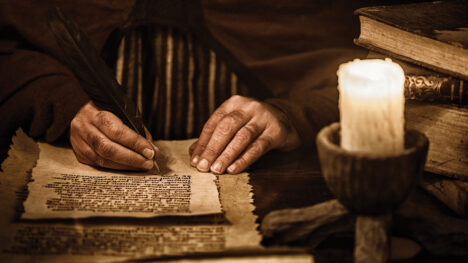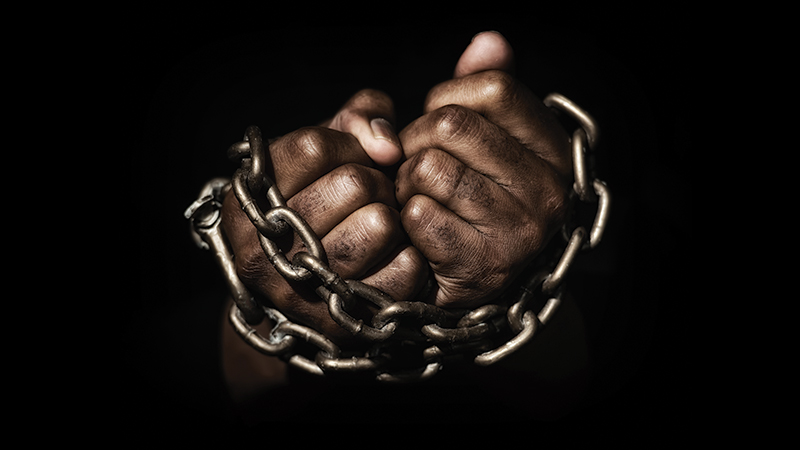
I am in London at a huge prayer meeting. The atmosphere is electric. There are thousands of Christian abolitionists standing by my side. We are all praying for the same thing: the end of slavery. Between songs and prayers, we hear powerful testimonies. Harrowing stories of abuse and injustice; but also of hope and redemption. Stories of valiant Christians who are risking it all to penetrate enemy lines—sometimes even posing as paedophiles themselves—in order to rescue precious souls from this diabolical trade.
Before a friend invited me to participate in this event, I thought slavery was a thing of the past. Something that William Wilberforce had ended long ago. But, sadly, there are more slaves today than at any time in human history1; about 21 million globally, 5.5 million of whom are children.
But modern slavery does not necessarily involve chains and locks. Often, slaves are held captive by violence, corruption and the very circumstances that made them vulnerable to traffickers in the first place. Modern slavery is also different in its more insidious and less visible forms, like bonded labour, forced marriage and domestic servitude. As you read some survivors’ stories2 on the following pages, please don’t look away. Opening your eyes to their reality is the first step to freedom.
Bonded labour
My name is Shakeel and I am nine years old. I live in the ancient city of Chiniot, Pakistan. Mohammad, my father, used to be a farmer. One day, in order to start his own business, he took a small loan from a local brick-kiln owner. My father hoped to repay it with- in a month. But his business failed and the debt kept increasing. With no options left, my father started working at the kiln in order to pay back the loan. After five years at the kiln, the debt only grew and my father fell ill due to the deplorable working conditions. After my father died, the kiln owner forced me to replace him . . .
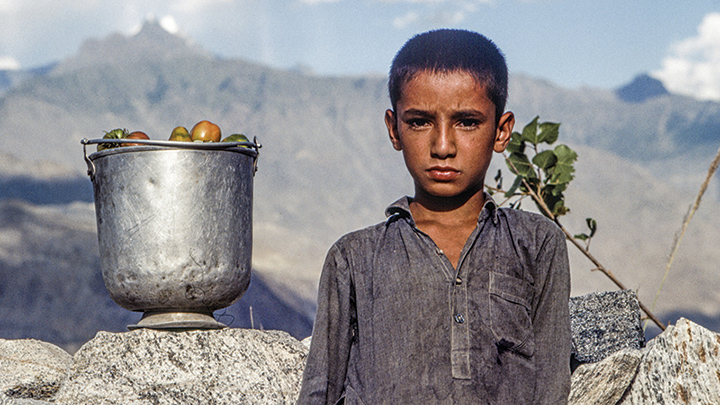
Debt slavery is the most common form of modern slavery. This is how it happens: a person is either forced or tricked to work to repay a debt. But the employer takes most of the earnings to pay off the debt and adds on additional expenses. For example, a worker may have an initial debt of 5000 rupees (roughly $A100). While he or she is forced to work and unable to leave, his employer will add on $25 per day to cover food and board. Consequently, the debt only grows and repayment becomes impossible. Often, debts are passed down to family members.
Forced marriage
My name is Clara and I was born in Nicaragua. When I was only 15 years old, I was forced to marry a man twice my age. I suffered domestic violence for several years, but both my mother and my mother-in-law kept telling me that this was “normal” and that it was my duty as a wife to bear it . . .
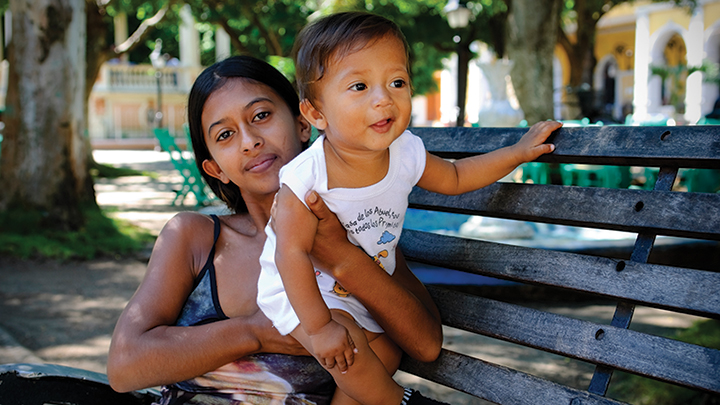
Not all child marriages fall into the category of slavery. However, child brides are particularly vulnerable, especially when they are married to significantly older men. If a payment has been made as part of a marriage agreement, the pressure to remain married can become greater, as the bride’s family may be unable or unwilling to refund the amounts paid. Even if a girl leaves her husband, she may have no alternative means of support. Furthermore, in societies where divorce is perceived as dishonourable, she may be unable to return to her parental home, and thus become vulnerable to other forms of abuse.
Domestic servitude
My name is Darna and I was born in the Philippines. I left my country to work as a maid to help my family financially. But my salary was never paid. Instead, my employers brought me to London and confiscated my passport. I work from 7:00 am to 10:30 pm every day, looking after their children. I was told to sleep on the kitchen floor and eat the leftovers from my employer’s dinner table . . .

Migrant domestic workers are particularly vulnerable to exploitation because of the nature of their work—typically undertaken behind closed doors, far from their communities of origin. Socially isolated and at the mercy of their employers, domestic workers may find out that they are expected to be on call 24 hours a day and unable to leave the house. In some countries, including the UK, Saudi Arabia and Qatar, domestic workers are bound to their employers through their visa; preventing their seeking employment elsewhere if they face violence or abuse.
Child slavery
My name is Kosi. I was born in a village in Tongu, Ghana. I always dreamed of becoming a teacher, but my father died young and I was given to my grandmother. She was so poor that she couldn’t provide for me. Out of ignorance and desperation, she trafficked me into slavery. I was taken to a fishing village on Lake Volta. The trafficker had promised my grandmother that I would work part-time and attend the village school. But as soon as I arrived I was forced to work day and night on perilous fishing boats . . .
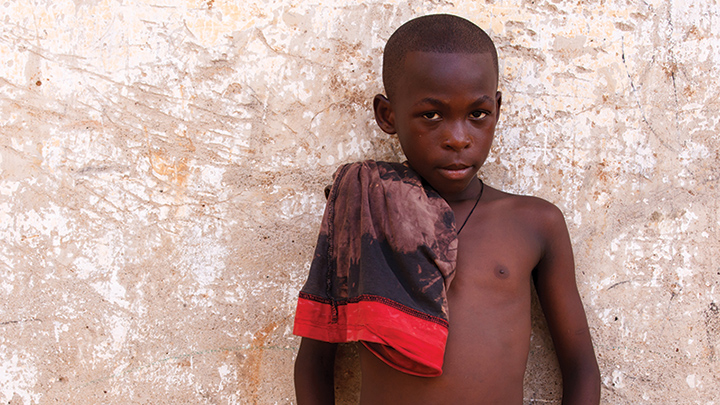
It’s estimated that there are 5.5 million child slaves worldwide, many in hazardous work. Other forms of child slavery include child soldiers, prostitution or pornography, forced begging and the drug trade.
Hope rising
You may be tempted to think that this would never happen in your country; that developed nations like the UK and Australia are completely slave-free. But that’s simply not the case. Last year alone, 3805 potential victims were reported to the National Referral Mechanism in the UK; the Walk Free Foundation estimates there are 4300 slaves in Australia today. Slavery is everywhere; it is a highly profitable industry that generates roughly 150 billion dollars a year.
Yet, there is hope. In the words of Gary Haugen, founder of International Justice Missions, “God’s people are His plan to respond to the needs of the oppressed in our world.”3 We are the hope. Shakeel, Clara, Darna and Kosi are now free because someone loved them enough to get involved. Someone dared to say something, an NGO stepped in, a dangerous rescue mission was planned, and hope was born.
Ending slavery is a collective responsibility. There is something you can do, in your corner of the world, with your particular set of skills. As Christians, we’ve been called to compassionately pursue justice: “Learn to do right; seek justice. Defend the oppressed. Take up the cause of the fatherless; plead the case of the widow” (Isaiah 1:17). Justice flows from God’s own heart. His plan is to bring freedom to all, including freedom from the bondage of sin. It’s a true act of worship to God when we reject apathy and love people enough to get involved.
1. Due to population growth, slaves are a smaller percentage of the world’s population than in the past.
2. The stories in this article are based on true survivors’ testimonies. However, names and identifying details have been changed to protect the privacy of individuals. Stock images have been used for the same reason. In some cases, I combined two stories to better illustrate the conditions slaves endure.
3. Gary A Haugen (2009). “Good News About Injustice: A Witness of Courage in a Hurting World,” IVP.





